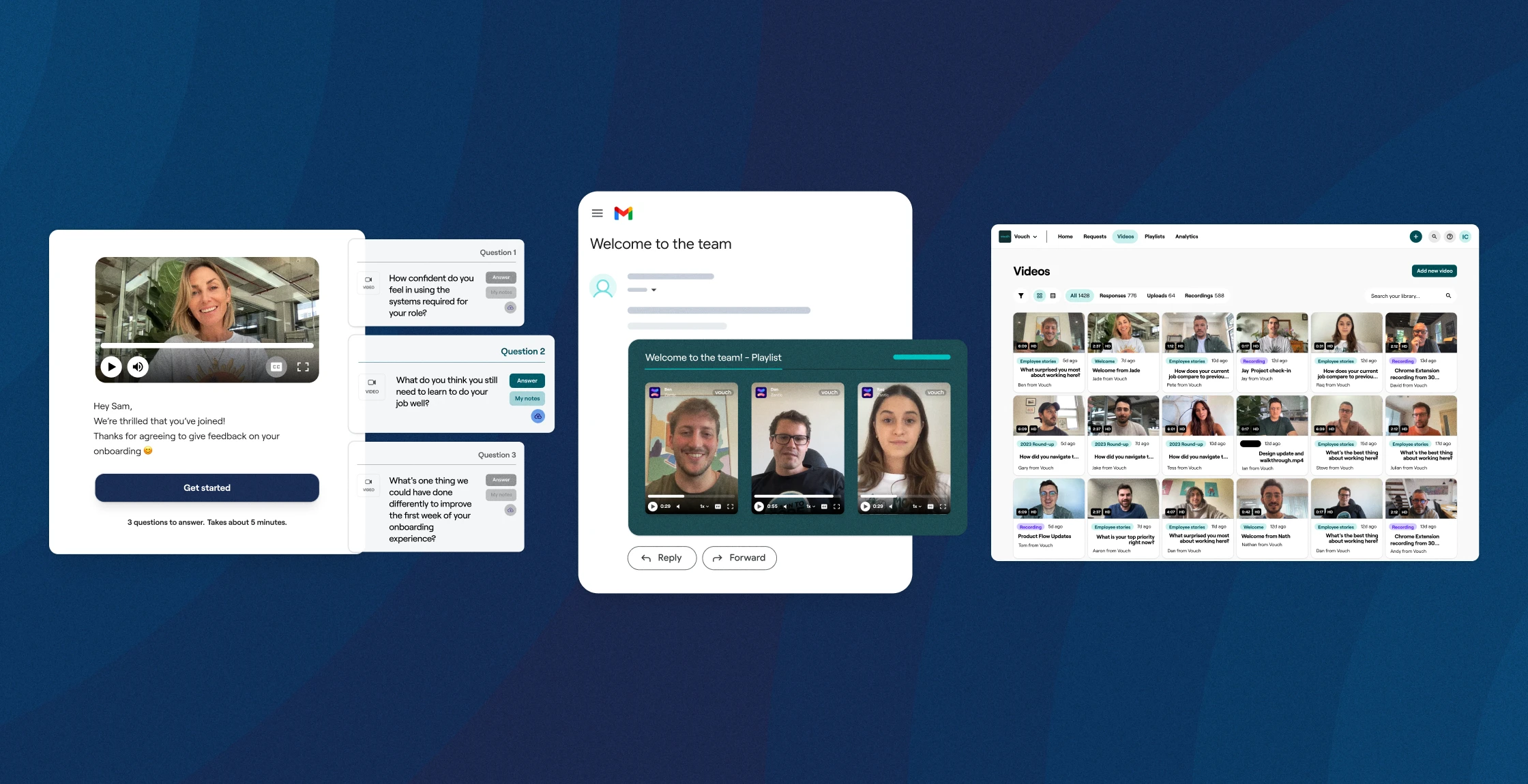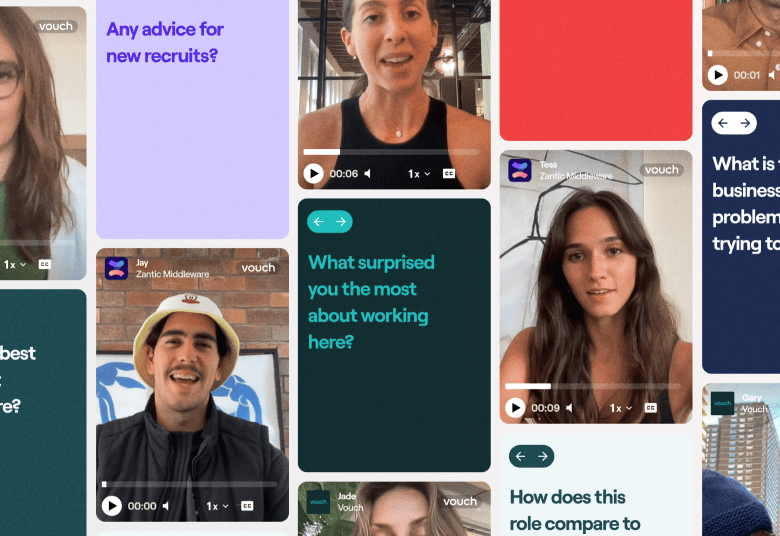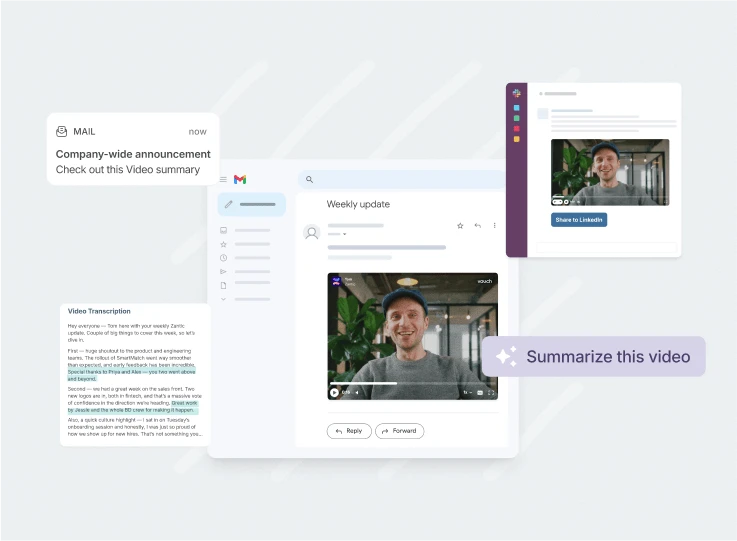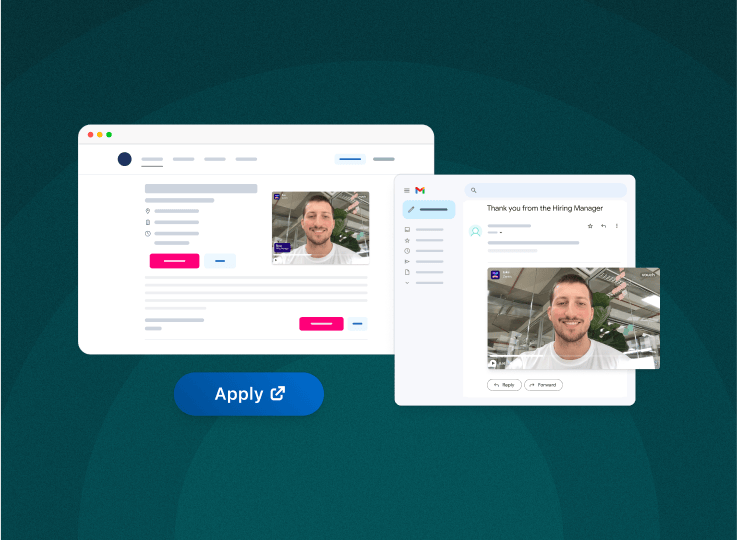Getting a new hire up to speed isn't just about "shuffling through paperwork" anymore. Now, it's a highly tailored, personal experience.
Today's employee orientation programs are pivotal to ensuring a smooth onboarding process.
Just to define it, new employee orientation is the introduction to the company, while onboarding is the extended process of fully integrating a new hire into their role.
But whether you're dealing with virtual employees or hosting in-person orientations, the goal remains the same: create an experience that makes your new hires feel welcomed, informed, and motivated.
This guide will walk you through every aspect of a well-rounded orientation, combining data-backed strategies with industry insights.
Let's dive in.
Why is New Employee Orientation Important?
The orientation process is your new hire's first real glimpse into your company. Done right, it builds enthusiasm and lays the foundation for employee retention.
In 2026, SHRM research showed that companies that invest in strong employee orientation strategies had seen 82% higher retention rates within the first year.
So, with turnover rates at an all-time high in 2026 and many employees now quitting within the first six months, a solid orientation can significantly impact long-term loyalty.
The AI-enabled workspace for talent teams.
- Unified workspace for talent teams
- Accelerate hiring with AI tools
- Auto-generate polished hiring and employer brand content
- Easily repurpose assets across all channel
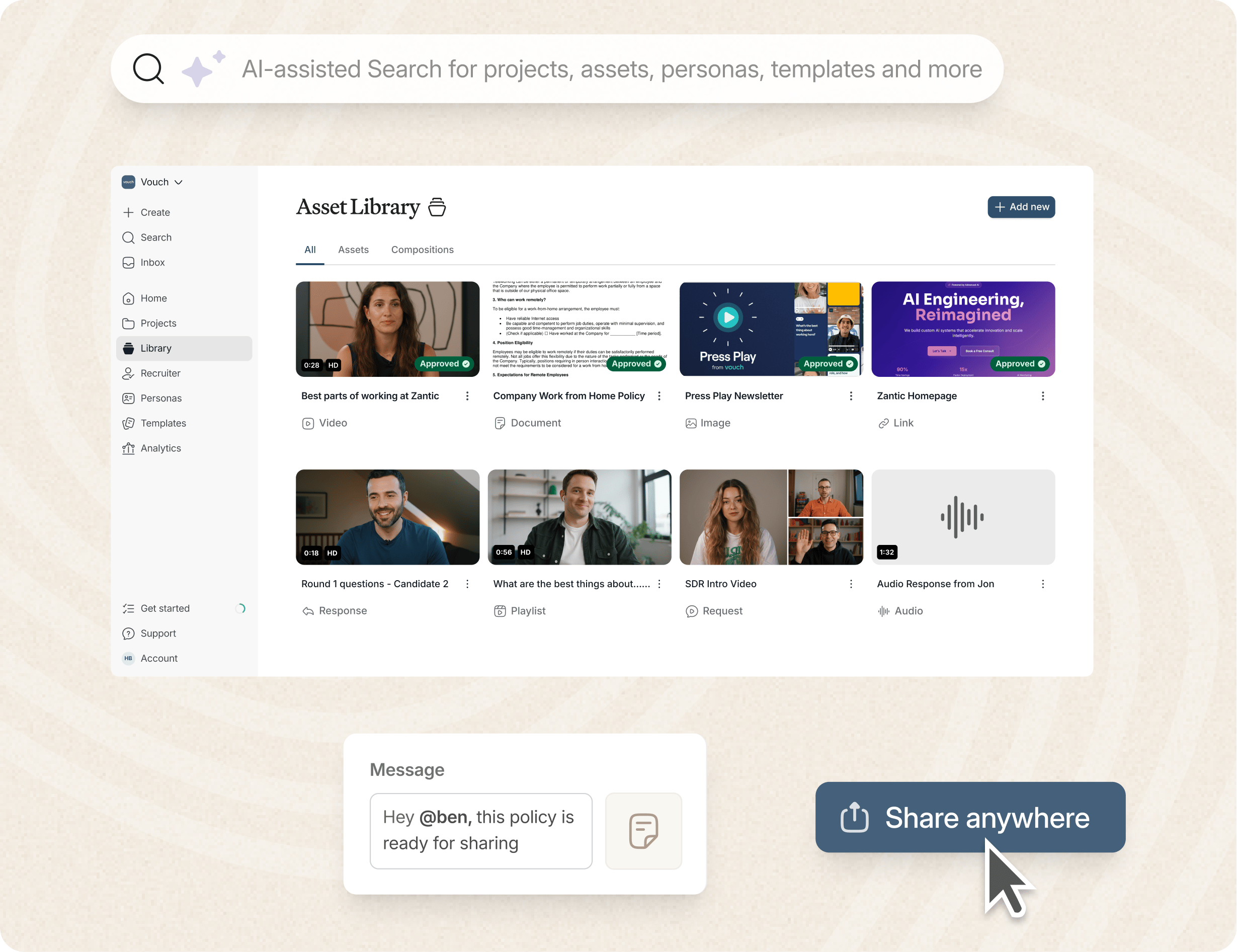
A Step-by-Step Guide to New Employee Orientation
Employee orientation is not a once off process, there are multiple steps.
The orientation process should really never end either, as the world's leading companies show with transparent internal communications that keep all of their team members up to date, inspired and building their company culture from the inside.
1. Pre-Orientation: Set the Stage
Before the official day of orientation in your employee onboarding process, you'll need to lay some groundwork, which is often referred to as boarding, to ensure new hires are familiar with the company policies, the employee handbook, and any hire paperwork like tax forms or company agreements.
- Send a welcome email or, even better, a personal video introduction with a brief high-level overview of your company and the next steps.
- Share an orientation checklist so they know what to expect on their first day.
- Assign an onboarding buddy to answer questions and introduce them to fellow employees.
2. Day of Orientation: Building Connections
The orientation agenda should focus on two main areas: your company culture and job-specific duties. Here's a typical structure for an effective first day:
- Welcomes with a brief history of the company and its strategic plan and introduces key stakeholders from company leadership. This gives new hires a sense of community.
- Company policies should provide a thorough breakdown of company rules, work business hours, and expectations. They should also include time tracking, benefit plans, and safety training. Digital platforms like Vouch for onboarding videos can seriously streamline this process.
- New hires are allocated one-on-one time to meet with their direct managers to discuss employee responsibilities and upcoming training programs.
- Lunch (or virtual lunch) and taking time to socialize with team members during lunch foster stronger connections. Many companies also host virtual lunches for remote workers.
3. First Week: Onboarding and Training
The week of orientation should focus on integrating your new hires into their specific role. This is where job-specific technical training and hire training come into play.
According to recent studies by Gallup, 67% of employees feel more engaged when their role-specific training is tailored to their job functions. Here's what this might look like:
- Job-specific training to provide hands-on learning or platform-specific training. You might even give access to a training platform for continuous education.
- Shadowing fellow employees is a person-oriented approach that allows new hires to observe experienced team members and put their training into practice.
- Orientation check-ins to ensure all orientation tasks have been completed and your new employee feels supported.
4. First 90 Days: Onboarding Milestones
An effective onboarding process goes beyond the first few days. To maximize the benefits of onboarding, your employee orientation program should extend into a 90-day period. Here's why:
- Performance Reviews: Schedule checkpoints at 30, 60, and 90 days to monitor progress and give feedback.
- Company Vocabulary and Culture: New hires should have a clear understanding of the company's language, internal company vocabulary, and how to navigate organizational contacts.
- Additional Training: Ensure that aspects of employee training, including ongoing technical training or effective systems training, are completed.
In 2026, companies will utilize digital onboarding experiences to enhance remote employee engagement. Platforms such as BambooHR and WorkBright simplify the process with onboarding software that tracks new hire progress in real-time.
How Do You Perform A Virtual Orientation in 2026?
Orientation through videoconferencing allows companies to integrate remote workers seamlessly. With the rise of remote employees, virtual orientation has become the norm, and it offers several perks:
- Flexibility for new hires across different time zones.
- Reduced costs on travel and accommodation.
- Tools like Zoom and Microsoft Teams make it easier to replicate lecture-style orientation formats.
However, keep in mind that virtual orientations still require the same level of personalization and engagement. Consider using a mix of pre-recorded content and live orientation meetings to give your new hires real-time interaction with their peers.
What are some Common Employee Orientation Pitfalls?
Despite the benefits, orientation programs can go wrong if not executed well.
Here are some common mistakes:
- Overloading new hires with too much information on the first day overwhelms employees. Spread it out over the week of orientation.
- Lack of follow-up as many organizations simply fail to follow up after the initial day. A well-rounded hire orientation program requires regular check-ins.
- Ignoring your company culture early on can lead to disengagement. Make it a core part of the orientation.
FAQs
What is the difference between new employee orientation and onboarding?
Orientation is the introduction to the company, while onboarding is the extended process of fully integrating a new hire into their role.
How long should your new employee orientation program last?
The initial orientation typically lasts a day or two, but the onboarding process can span 30 to 90 days.
What should be included in an orientation checklist?
Essential items include company policies, an overview of job duties, meeting team members, and setting up necessary tools or platforms.
How can I improve the onboarding experience for remote employees?
Use virtual tools to keep them connected, provide clear expectations, and host regular check-ins.
Is a solid orientation program beneficial for employee retention?
Absolutely. Data shows that effective orientation reduces turnover and boosts job satisfaction.
Can a virtual orientation be as effective as in-person sessions?
Yes, if done correctly. Mix live interaction with engaging pre-recorded content.
What role does company leadership play in orientation?
Leaders set the tone for company culture and expectations, making their involvement essential.
Conclusion
In 2026, a well-designed employee orientation program is more essential than ever. With the rise of remote work and increasing employee turnover rates, companies must create engaging, tailored orientations that build connection, build enthusiasm, and set new hires up for long-term success.
By focusing on clear communication, integrating company culture early on, and offering ongoing support, you'll create an onboarding experience that not only welcomes employees but also keeps them motivated and aligned with your company goals.
So, don't just think of orientation as a one-day event—it's the launchpad for your employees' future success!
Use Vouch To For Employee Orientation
Loved by companies like Canva, Nike, Cisco, HubSpot, Amazon, and more, tools like Vouch make leveraging video in your business remarkably easy.
Be sure to book a Vouch demo today and chat with a video content expert.
You might also like

Elevate Your Brand Today With Vouch
Discover how Vouch can accelerate talent acquisition while helping you stay on-brand.


